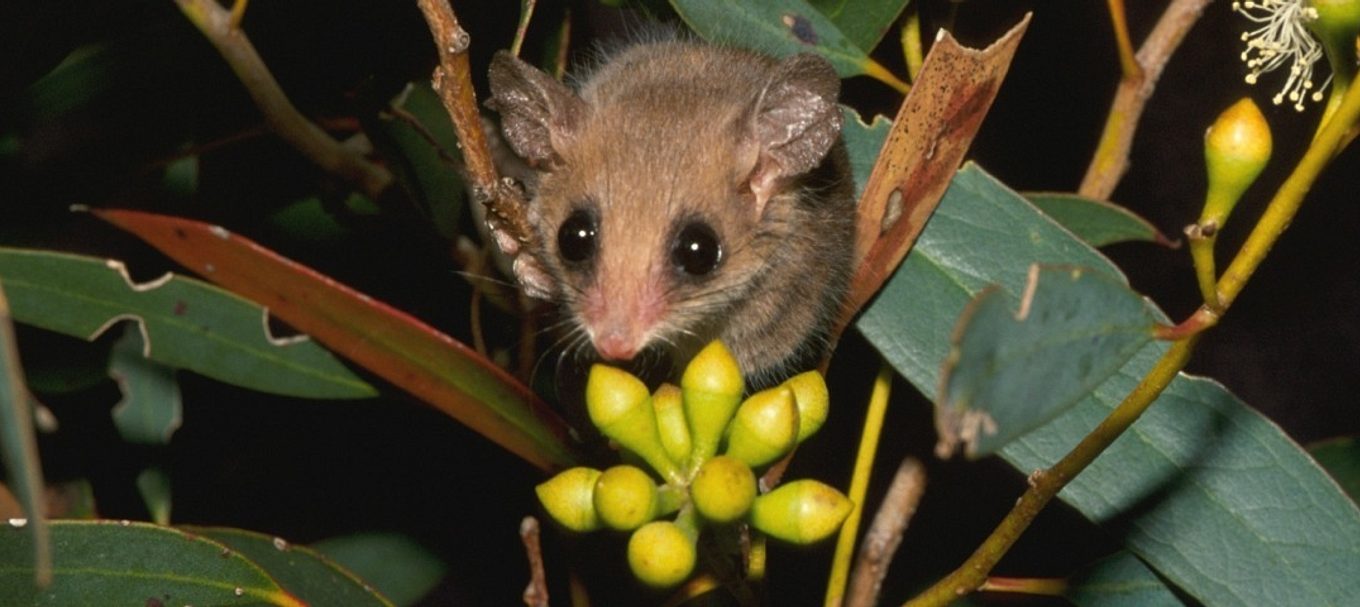
Know your native wildlife
World Wildlife Day on March 3 is the perfect opportunity to stop and appreciate our native animals.
South Australia has a number of species of small native mammals, and each one has its own place in the ecosystem.
Depending on where you go, you may be lucky enough to see possums, dunnarts, antechinus, bandicoots or water rats in our national parks or even in some private gardens.
Some of these species get a bad rap because they look like introduced rats and mice, but they’re actually far more interesting.
Here’s what you need to know:
Dunnarts
There are nine species of dunnarts in SA, including the fat-tailed dunnart and the endangered Kangaroo Island dunnart.
Most dunnarts are found in dry or arid environments like dunes and deserts, and are about the size of mice. They have sandy-brown fur, with large eyes, long snouts, short stocky tails and sharp teeth.
Dunnarts are one of the smallest of our carnivorous marsupials, and females carry their young around in their pouch. Dunnarts are quite fierce, hunting for beetles, larvae and insects.
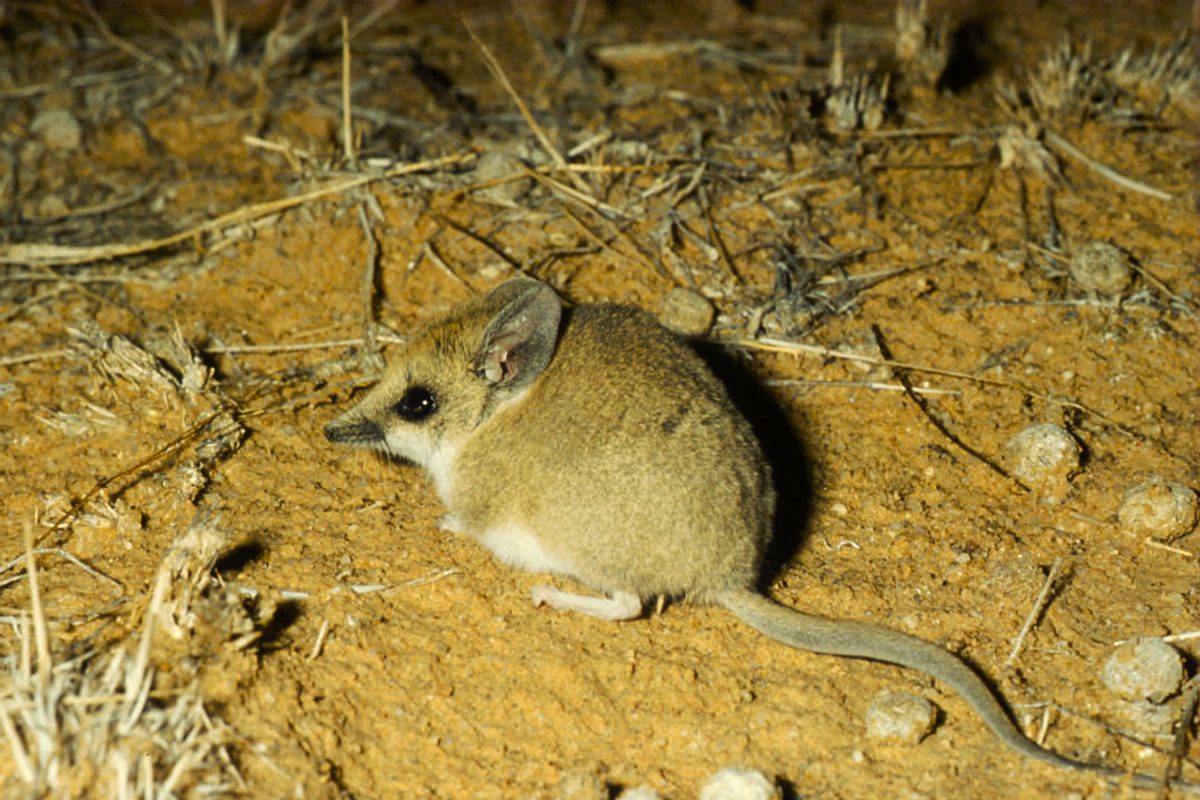
Antechinus
Yellow-footed antechinus look similar to the shrews of Europe and Africa, and are often mistaken for house mice or rats. They are greyish in colour with distinct golden fur around their front legs and flanks. Their bodies are longer than those of mice and they have longer, pointier noses.
Male antechinus tend not to live more than about a year because they expend so much energy during the spring mating season. If you’re lucky, you might see one in Morialta Conservation Park or conservation parks on the Fleurieu Peninsula.
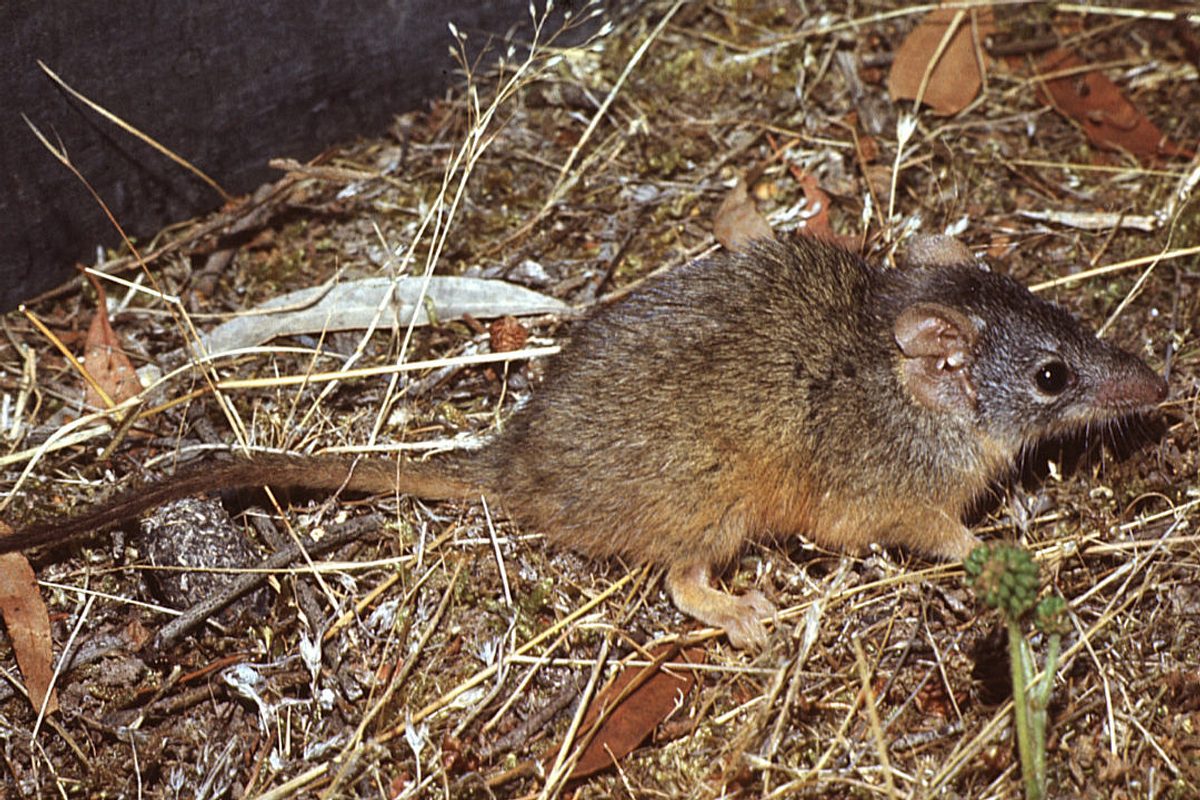
Southern brown bandicoots
Bandicoots are the little gardeners of the bush, digging over soil as they hunt for insects, worms, larvae and fungi, and their dedicated cultivation helps many native plants to grow. They have brownish-grey fur, but you can tell them apart from rats by their long snouts and short, thick tails.
They are mostly nocturnal, but you might see one scuttling about in the underbrush in Cleland National Park, Morialta Conservation Park, Brownhill Creek Conservation Park or Mount Lofty Botanic Garden. A project is underway at Upper Sturt to create a bandicoot corridor on private land between two conservation parks to protect this endangered species.
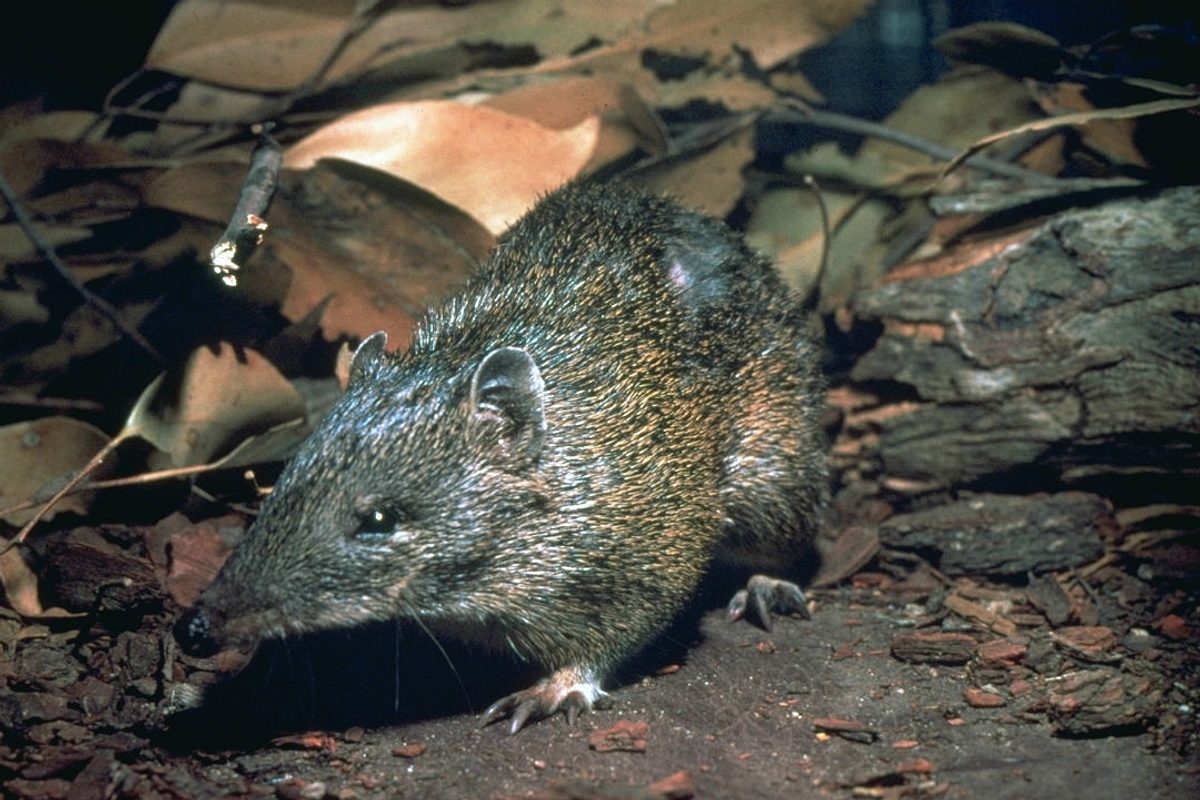
Water rat
Also known as rakali, water rats are the Australian equivalent of otters. They live in burrows on river and creek banks, and can measure up to half a metre long from nose to tail.
They have dark brown fur on their heads and backs with creamy bellies, and are well adapted for swimming, with webbed feet and thick, white-tipped tails that serve as rudders. They hunt for small fish, insects, frogs, crustaceans, and birds’ eggs. Water rats have been spotted in the River Torrens and Sturt Gorge Recreation Park.
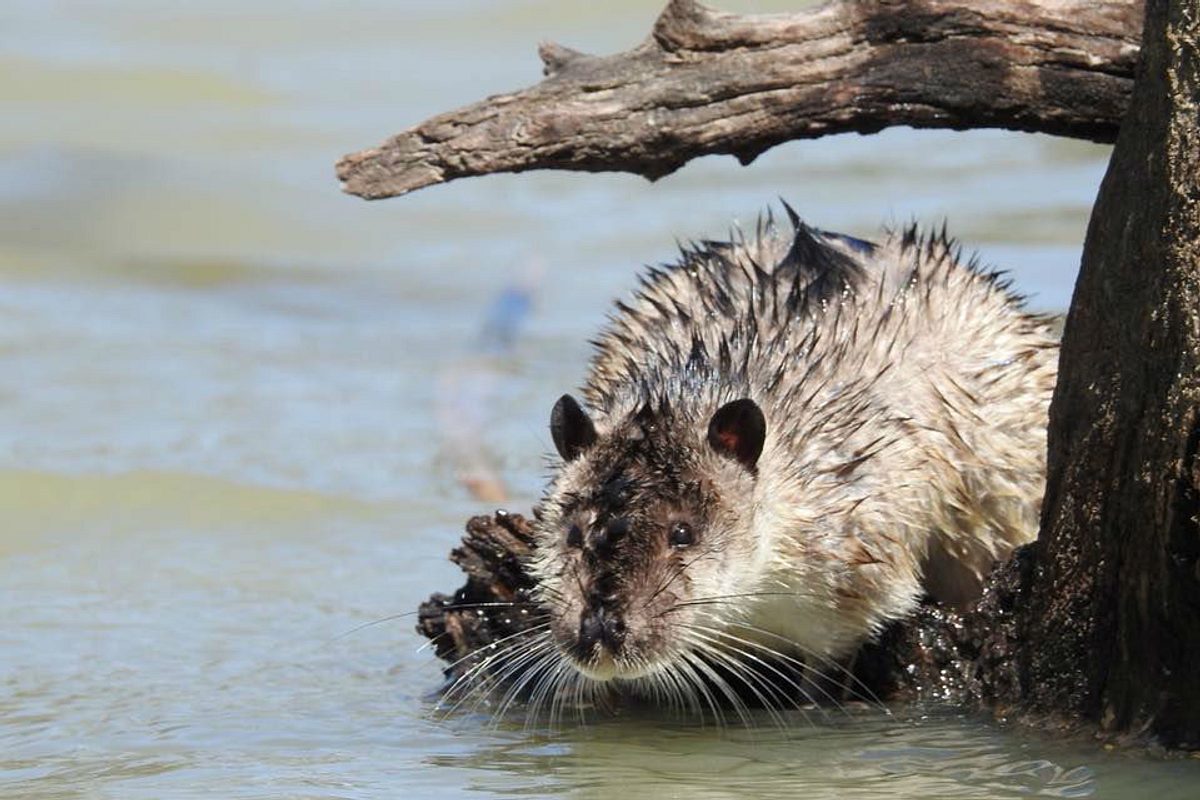
Possums
There are several species of possums in South Australia, and they are often mistaken for rats or mice.
Brushtail possums are the largest of the possums, growing to the size of small cats. They have thick grey fur, pointy ears and fluffy, black tails. Like rats, they will take refuge in roof spaces if they can, where they tend to become unpopular housemates. Want to evict them? Learn how to remove them safely from your roof.
Common ringtail possums are smaller than the brushtails, with rounded ears, bulgy eyes and skinny black tails with a white tip. They tend to live in trees, building nests known as dreys from leaves and branches.
Pygmy possums are the smallest of South Australia’s possums, at about the size of a mouse, with big ears and a curling tail. Little pygmy possums are the smallest of all at just 5-6 centimetres long, followed by the western pygmy possum at 6-8cm.
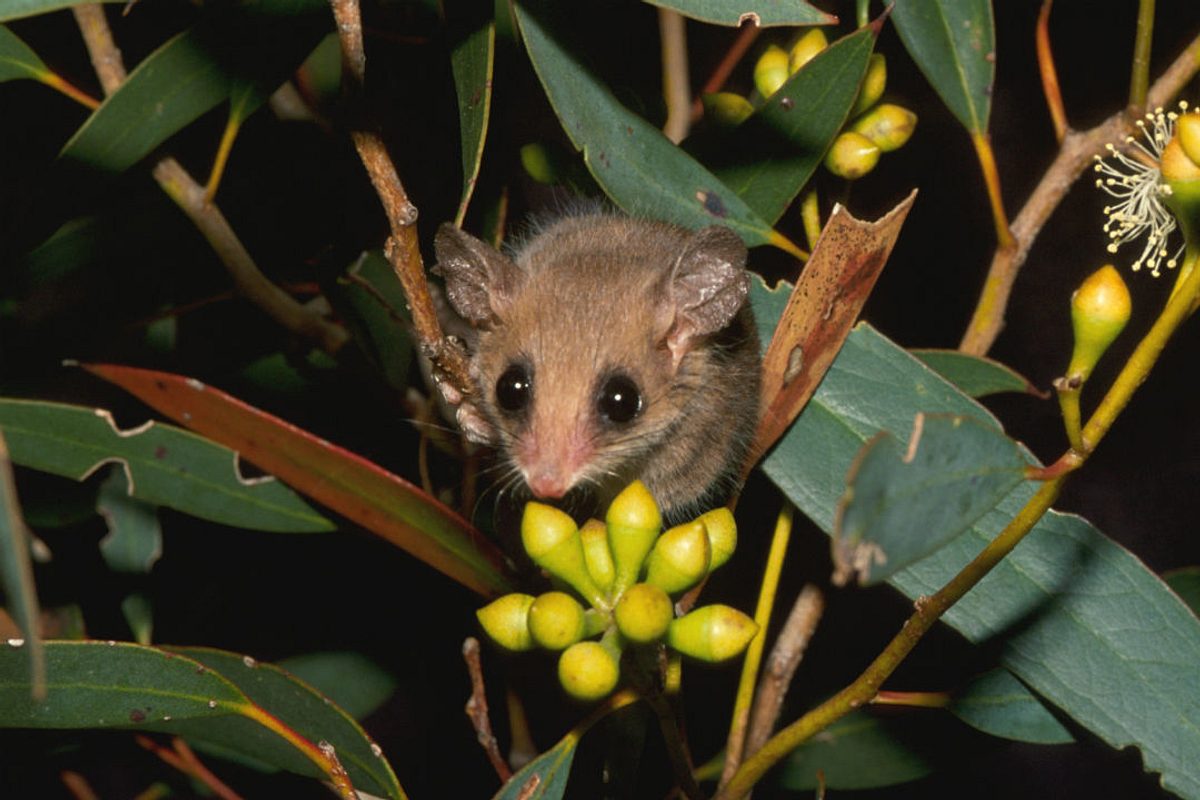
Brushtails and ringtails are quite common and can often be found helping themselves to leaves, flowers and fruit in home gardens. Pygmy possums are far less obvious than their larger cousins and tend to prefer banksia heath and mallee woodlands across the state. Pygmy possums are found across southern SA, including conservation parks on Kangaroo Island and the Fleurieu Peninsula.
Wattle is a little pygmy possum who was blown out of a tree in Kangaroo Island. She was rescued and cared for by park rangers until she was strong enough to be re-released into the wild – here’s her story:
Wattle the little pygmy possum
Have you seen any of these species on your outdoor adventures? Tell us your tales in the comments section below.
This story was originally posted in October 2017.





